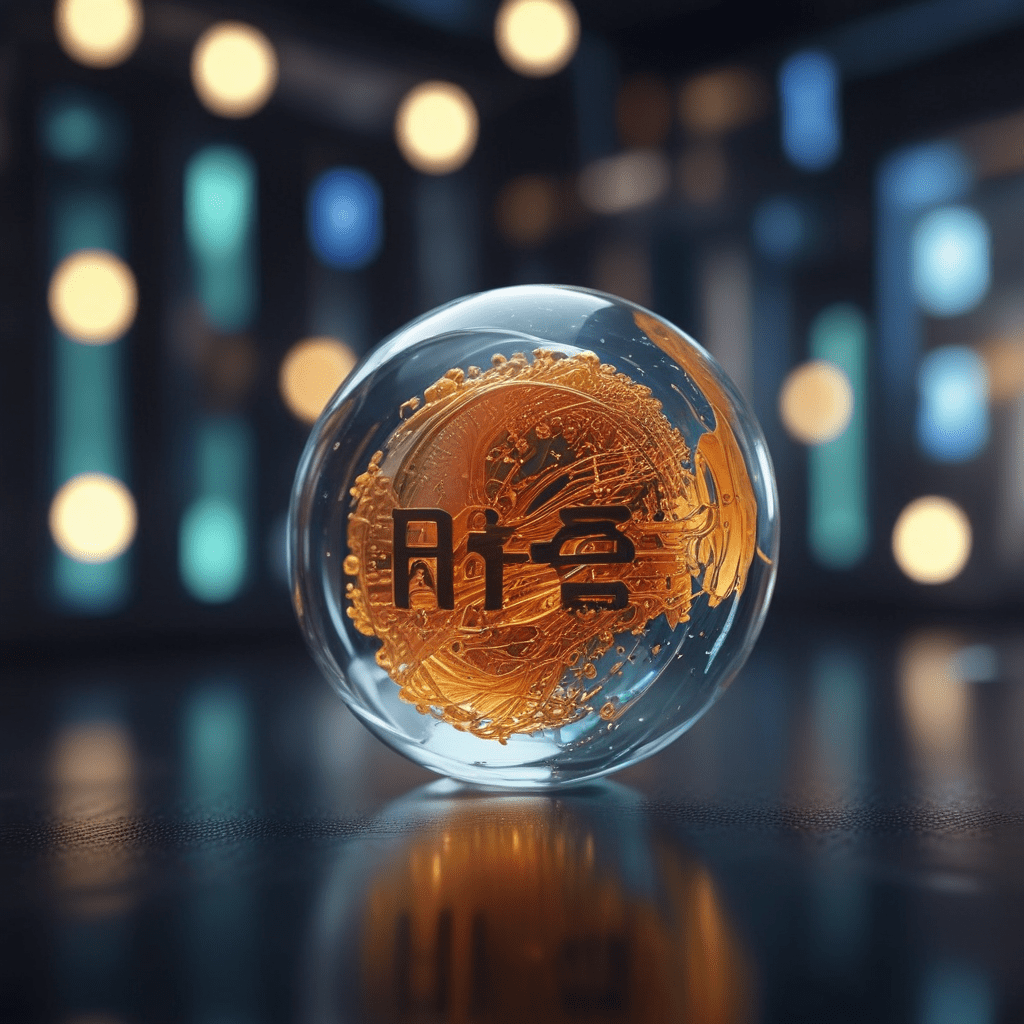3D Printed Drones: Innovations in Aerial Technology
2.1 Introduction
3D printed drones are revolutionizing the aerial technology landscape with their innovative capabilities and democratizing access to drone technology. Offering unparalleled design freedom, customization, and affordability, 3D printing is transforming the way we imagine and utilize drones in various industries. This article delves into the fascinating world of 3D printed drones, exploring the intricate 3D printing process, the boundless opportunities for customization, the impact of material advancements, the cost-effectiveness, and the diverse applications that are shaping the future of aerial technology.
2.2 The 3D Printing Process for Drones
The process of 3D printing a drone begins with specialized design software where users can create or modify pre-existing 3D models. These models are then sliced into thin layers and translated into instructions for the 3D printer. Various types of 3D printers, such as Fused Deposition Modeling (FDM) and Stereolithography (SLA), utilize different materials and techniques to build the drone layer by layer. The choice of printer and material depends on desired properties like strength, weight, and resolution.
2.3 Customization and Design Freedom
3D printing empowers users with unparalleled design freedom, allowing them to tailor drones for specific applications and functionalities. From optimizing wing shapes for aerodynamic efficiency to incorporating specialized sensors for data collection, the possibilities are endless. This customization extends to the internal components as well, enabling users to experiment with different motors, batteries, and flight control systems to achieve the desired performance characteristics.
2.4 Material Advancements and Their Impact
The world of materials is rapidly evolving, offering exciting possibilities for 3D printed drones. Lightweight yet durable composite materials are enhancing flight time and payload capacity, while flexible filaments are enabling the creation of morphing drones that can adapt to different environments. These material advancements are pushing the boundaries of what's possible with 3D printed drones, opening doors to innovative applications and enhanced capabilities.
2.5 Cost Reduction and Accessibility
Compared to traditional manufacturing methods, 3D printing significantly reduces the cost of drone production. This affordability makes drone technology more accessible to individuals, small businesses, and research institutions, democratizing access to aerial technology and fostering innovation across diverse sectors. 3D printing empowers individuals to take control of their drone development, enabling them to create customized solutions for their specific needs and budgets.
2.6 Open-Source Designs and Collaboration
The world of 3D printed drones thrives on open-source platforms, where individuals and communities share their designs, fostering collaboration and innovation. This open-source approach allows for rapid prototyping, iteration, and improvement, leading to a constant evolution of drone technology. Users can access and modify existing designs, contributing their own ideas and expertise to the collective knowledge base. This collaborative spirit accelerates the development of 3D printed drones, pushing the boundaries of what's possible and making aerial technology more accessible to everyone.
2.7 Applications in Various Industries
The applications of 3D printed drones are as diverse as the industries they serve. From agriculture to delivery, inspection and maintenance, search and rescue, and even film and photography, 3D printed drones are transforming the way we work and live.
Agriculture: 3D printed drones are revolutionizing the way farmers monitor their crops, enabling them to identify problem areas, optimize irrigation, and apply pesticides with precision. These drones can also be used to collect data on soil health, crop yields, and other important factors, helping farmers make informed decisions and improve their operations.
Delivery: 3D printed drones are poised to revolutionize the delivery industry, making it faster, more efficient, and more cost-effective. These drones can be used to transport packages, medical supplies, and other essential goods, reaching remote areas and overcoming geographical obstacles.
Inspection and Maintenance: 3D printed drones are being used to inspect bridges, power lines, wind turbines, and other critical infrastructure, replacing the need for risky and expensive manual inspections. These drones can capture high-resolution images and videos, providing valuable data for maintenance and repair.
Search and Rescue: 3D printed drones are playing a crucial role in search and rescue operations, helping to locate missing persons and assess disaster zones. These drones can be equipped with thermal cameras, allowing them to search for victims even in darkness or obscured by debris.
Film and Photography: 3D printed drones are becoming increasingly popular in the film and photography industry, providing unique aerial perspectives and dynamic shots. These drones can be equipped with high-quality cameras and stabilized gimbals, capturing stunning footage that would be difficult or impossible to achieve with traditional methods.
2.8 The Future of 3D Printed Drones
The future of 3D printed drones is brimming with potential. As 3D printing technology continues to advance and materials become even more sophisticated, we can expect to see even more innovative and versatile drones emerge. These drones will play an increasingly important role in various industries, revolutionizing the way we work, live, and interact with the world around us.
2.9 Frequently Asked Questions (FAQs)
Q: What are the benefits of 3D printed drones?
A: 3D printed drones offer several benefits, including:
- Customization: Users can tailor drones to specific applications and functionalities.
- Cost-effectiveness: 3D printing significantly reduces production costs compared to traditional methods.
- Accessibility: 3D printing makes drone technology more accessible to individuals and businesses.
- Innovation: Open-source platforms foster collaboration and rapid development.
Q: What are the challenges of 3D printed drones?
A: Some challenges include:
- Material limitations: The range of materials suitable for 3D printing is still evolving.
- Design complexity: Designing and printing complex drone structures can be challenging.
- Regulation: Regulations governing the use of drones can vary depending on location.
Q: What are the future applications of 3D printed drones?
A: 3D printed drones have the potential to be used in various applications, including:
- Delivery: Package transportation, medical supplies delivery.
- Inspection and Maintenance: Infrastructure inspection, power line inspection.
- Search and Rescue: Disaster relief, missing person search.
- Precision Agriculture: Crop monitoring, precision spraying.
- Environmental Monitoring: Air quality monitoring, wildlife tracking.
Q: How can I get started with 3D printed drones?
A: If you're interested in getting started with 3D printed drones, here are some steps you can take:
- Research: Learn about 3D printing technology and available drone designs.
- Choose a 3D printer: Select a printer that meets your needs and budget.
- Find a design: Choose a pre-existing design or create your own.
- Print and assemble: Print the drone components and assemble them.
- Test and fly: Test the drone in a safe environment before flying it in public.


